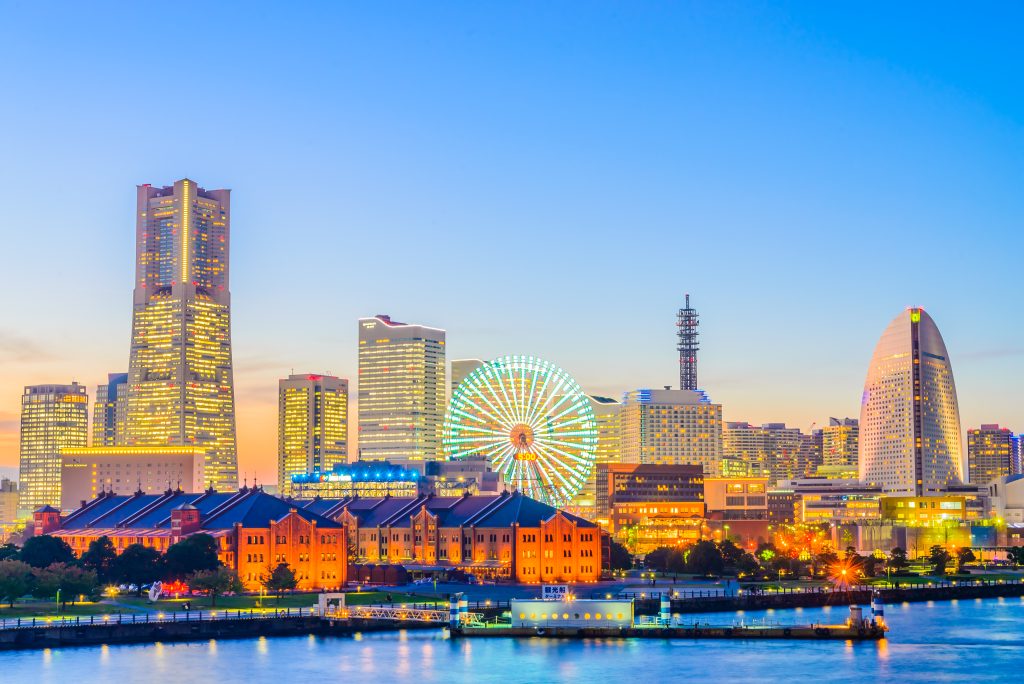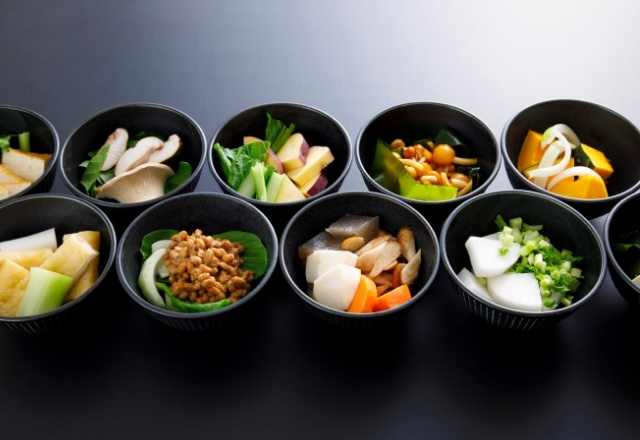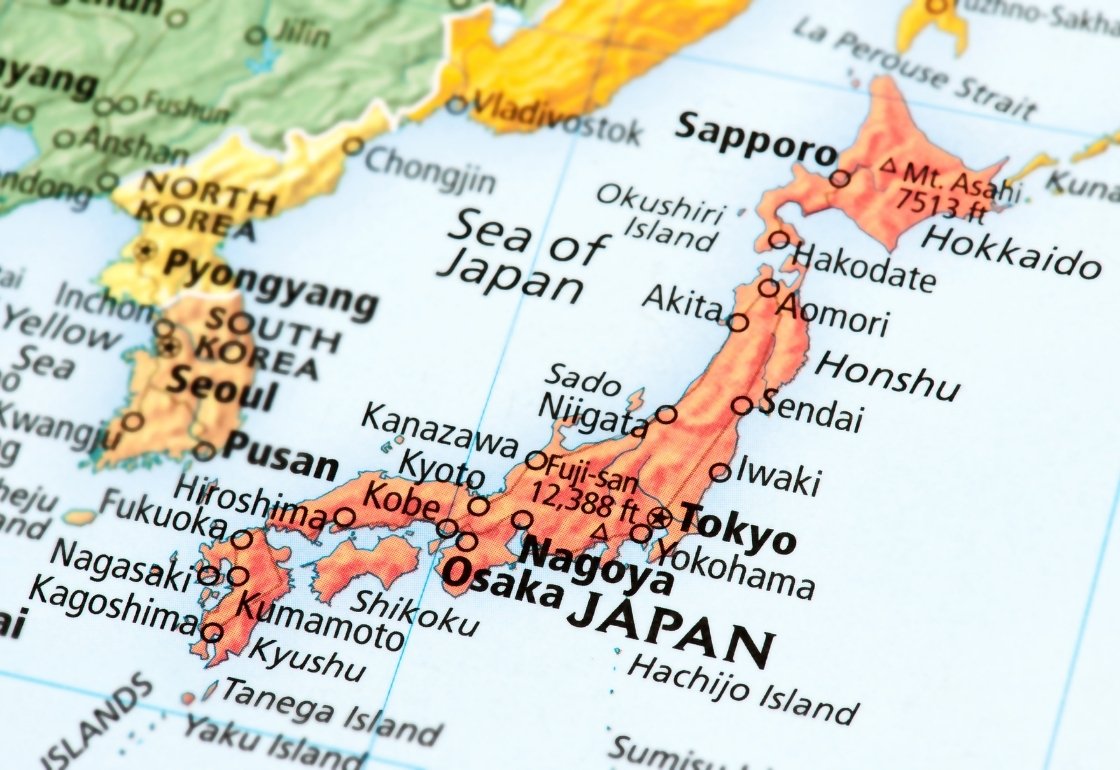The Kanto region (関東地方) is not only Japan’s most populous area, it’s also the cultural, political, and economic heartbeat of the nation. Home to over 42 million people, including the world’s largest metropolitan area centered around Tokyo, Kanto serves as a dynamic gateway for international travelers, students, and businesses. Whether you’re looking to explore centuries-old temples, experience cutting-edge innovation, or settle in for long-term study, Kanto offers a little bit of everything, tradition, modernity, and global connection.
Stretching from the mountains of Gunma to the coasts of Chiba, and from the neon lights of Tokyo to the hot springs of Tochigi, this region is a microcosm of Japan’s diversity. It’s where ancient history meets futuristic technology, and where both first-time visitors and long-term residents find themselves endlessly inspired.
Whether you’re considering a move to Japan or simply want to explore the heart of the country, this guide will walk you through the seven prefectures that make up Kanto, and help you discover what makes this region truly the “Bridge to the World.”
The Prefectures
Tokyo (東京都)

Tokyo is a special metropolitan government consisting of 23 wards. Tokyo is the capital of Japan and is one of the most influential cities in the world. The city alone is home to over 14 million people, and the Greater Tokyo Area contains over 42 million people, making it by far the largest urban metro in the world by population.
Chiba (千葉県)

Chiba prefecture is located on the east coast side of the Kanto region, across Tokyo Bay. It is home to over 5 million people, many of whom commute to Tokyo for work. It is a great place to get away from the hustle and bustle of Tokyo and is home to many historical landmarks such as Chiba Castle.
Kanagawa (神奈川県)

Kanagawa is located to the immediate southwest of Tokyo-to, famously home to Yokohama (横浜), the second-largest city in Japan. Over 9 million people call it home, and it is also a major commercial center of Japan. It is also a popular tourist destination for locals, home to many famous areas like Kamakura (鎌倉) and Hakone (箱根).
Saitama (埼玉県)

Saitama prefecture is located to the immediate north of Tokyo-to, and like Kanagawa and Chiba, many people who commute to Tokyo call it their home. Over 7.3 million people reside here, and some of its cities include Kawaguchi (川口), Saitama City (さいたま市), and the historical city of Kawagoe (川越).
Ibaraki (茨城県)

Ibaraki is located to the northeast of Kanto, just north of Chiba prefecture along the Pacific coast. Over 2.8 million people call it their home, and its largest city is Mito (水戸町). It is famous for its beautiful natural vistas, and over 15% of its area is part of the Suigo-Tsukuba Quasi-National Park, home to Mount Tsukuba, one of Japan’s most famous mountains.
Tochigi (栃木県)

Tochigi prefecture is located in between Saitama and Ibaraki prefecture, and just northeast of Tokyo-to. It is home to roughly 1.9 million people, and its capital and largest city is Utsunomiya (宇都宮). It is one of the 8 landlocked prefectures in Japan and its mountainous region is a very popular tourist destination.
Gunma (群馬県)

Last, but certainly not least, we have Gunma prefecture. Gunma is another landlocked prefecture located north of Saitama prefecture. Maebashi (前橋市) and Takasaki (高崎市) are its largest cities, and many people who live in those cities commute to Tokyo for work. It is home to 1.9 million people, and 14% of its land is dedicated to national parks.
Kanto’s History
During the Kamakura period, Kanto was a nexus of feudal power. It served as the seat of the Shogunate from 1185 to 1333, it was also the first military government in Japan’s history. In 1591, famous leader Tokugawa Ieyasu moved his capital to the Kanto region, giving up control of his original five provinces. Before they had their current names, the prefectures and regions were labeled differently and covered different geographical areas. What is known today as Gunma prefecture, for example, was previously named Kozuke Province. Tochigi prefecture was previously known as Shimotsuke Province, parts of Ibaraki and Chiba prefecture were part of what was Shimosa Province. Most of Tokyo and Saitama and parts of Kanagawa were once part of Musashi Province. Most of what is today’s Chiba prefecture was also known as Kazusa Province. Finally, what is now Kanagawa was formerly Sagami Province.
The Edo Period marked the beginning of the shift to what we now know these provinces as. During this time, the Greater Tokyo Area and Yokohama metro not only became the center of power of Japan, but also held the greatest concentrations of universities and higher education institutions. In 1923, the region was struck by the infamous Great Kanto Earthquake, which devastated wide swaths of Tokyo and the surrounding regions. The quake took over 100,000 lives and compounded its damage based on the fact that it struck when Japan was still reeling from its post-WWI recession. The Kanto plain was also one of the many planned Allied invasion points at the end of the Second World War as part of the proposed Operation Downfall, but this never materialized as the atomic bombings of Hiroshima and Nagasaki led Japan to unconditionally surrender, ending the war.
Kanto Today
In the modern era, Kanto is still the major political and economic center of Japan, and is a major player on the international stage. Tokyo is the largest city economy in the world, and is part of the same economic tier as cities like Los Angeles, New York City, Paris, Shanghai, Seoul, and London. The Tokyo Stock Exchange is one of the largest and most influential in the world.
Economy & Education in Kanto: Japan’s Powerhouse
The Kanto region is the engine of Japan’s economy. Tokyo alone accounts for a significant portion of the country’s GDP, hosting the Tokyo Stock Exchange, headquarters of multinational corporations, and countless startups. From finance and technology to fashion and media, Kanto leads Japan’s global presence across industries.
Yokohama, in Kanagawa, is a major port city and tech hub, while Saitama, Chiba, and Ibaraki contribute through logistics, manufacturing, and agriculture. The region benefits from well-developed infrastructure, including the Shinkansen (bullet train), international airports like Narita and Haneda, and an extensive local transit network that supports high mobility.
A Center of Learning
Kanto is also home to many of Japan’s top universities and language schools, making it a top destination for international students. Prestigious institutions like the University of Tokyo, Waseda, and Keio attract students from around the world. But beyond universities, the region offers a rich landscape of Japanese language schools that provide beginner-to-advanced programs with visa support and cultural immersion.
💡 Did you know?
Over 60% of foreign students who choose to study in Japan select the Kanto region for its education quality, access to job markets, and cultural opportunities.
If you’re thinking about studying in Japan, Kanto is an ideal place to start, and Coto School Finder can help you find the perfect school.
Unique Experiences in Kanto: Culture, Nature & Everyday Wonders
The Kanto region isn’t just Japan’s political and economic heart, it’s also a treasure trove of unforgettable experiences for students, travelers, and culture lovers alike.
🏯 Discover Living History
- Nikko Toshogu Shrine (Tochigi): A UNESCO World Heritage Site surrounded by cedar forests, it’s one of the most elaborate shrines in Japan and a peaceful escape from Tokyo.
- Kamakura (Kanagawa): Often called “the Kyoto of the East,” this coastal city is home to giant Buddhas, quiet temples, and surf-friendly beaches.
- Edo-Tokyo Museum (Tokyo): Walk through life-size reconstructions of Edo-period buildings and discover Tokyo’s rich urban history.
🎎 Festivals & Traditions
- Kawagoe Festival (Saitama): Floats, music, and Edo-era charm, a must-see autumn celebration just a short ride from Tokyo.
- Sumida River Fireworks (Tokyo): A summer tradition lighting up the skyline with dazzling color and culture.
- Daruma Market in Takasaki (Gunma): Buy a daruma doll and make a wish, this tradition draws thousands every year.
🏞️ Nature & Relaxation
- Oze National Park (Gunma/Tochigi): A paradise of marshlands and mountain trails, especially breathtaking in autumn.
- Mount Tsukuba (Ibaraki): A sacred double-peaked mountain offering panoramic views and spiritual significance.
- Hakone Onsen (Kanagawa): Relax in an open-air bath with Mount Fuji in the distance, a classic Kanto experience.
🍜 Culinary Delights
- Utsunomiya Gyoza (Tochigi): The gyoza capital of Japan, sample dozens of creative fillings in this regional food mecca.
- Monjayaki (Tokyo): A local favorite from Tsukishima, a savory pancake-like dish you cook yourself on a hotplate.
- Yokohama Chinatown: The largest in Japan, packed with street food stalls, dim sum, and seasonal events.
Come to Japan on an exciting study-abroad journey!
Whether you love nature, food, festivals, or traditional architecture, Kanto offers a perfect mix of modern convenience and cultural depth.
Want to live and study near Tokyo, but enjoy local traditions and hidden gems? Find a Japanese language school in Kanto with Coto School Finder and start your adventure!
FAQ
Is Kanto a good region for international students?
Yes! With a high concentration of universities, language schools, and job opportunities, Kanto, especially Tokyo, is one of the most welcoming and well-equipped areas for international students.
What’s the difference between Tokyo and the rest of Kanto?
Tokyo is the capital and a megacity, while surrounding prefectures like Saitama, Chiba, and Kanagawa offer a quieter lifestyle with easy access to the city. Gunma, Tochigi, and Ibaraki are more nature-rich and ideal for weekend getaways or students who prefer a slower pace.
How expensive is it to live in Kanto?
Living costs vary. Tokyo is the most expensive, especially in central wards. Suburban cities in Saitama, Chiba, or Kanagawa offer lower rent while still being well-connected.
Are there language schools outside of Tokyo?
Yes! Many reputable schools exist in cities like Yokohama, Saitama, and Utsunomiya. Coto School Finder can help you find the perfect match based on your preferences and visa needs.
Is it easy to travel around the Kanto region?
Very. Kanto has one of the best rail networks in the world. With a prepaid IC card (like Suica or Pasmo), you can easily travel across cities and prefectures by train or bus.





